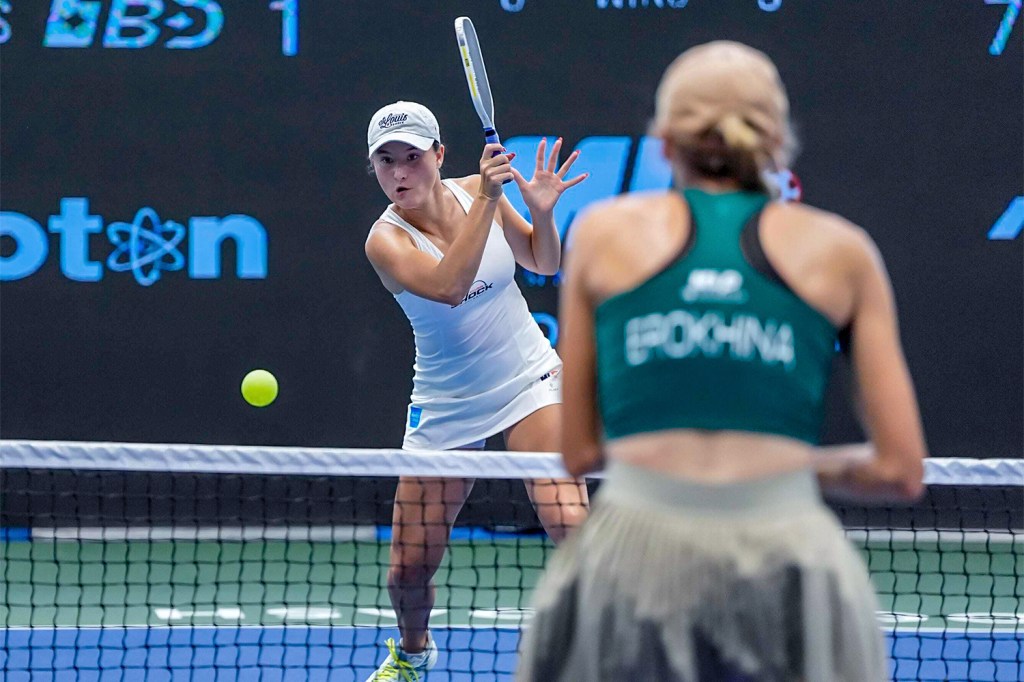
The Golden State Warriors are now in a year of discovery.
The team that has been to the NBA Finals five years running is certainly feeling out a new look on the court without some key contributors, but more than anything the business side of the organization is feeling out the new court it’s playing on inside the new $1.6 billion Chase Center.
The year of discovery, as Warriors Chief Revenue Officer Brandon Schneider called it, is just getting started as the team opens the regular season on October 24. The team’s business staff moved into the arena August.
Plenty will unfold over the next 12 months after moving from the oldest arena in the NBA, Oracle Arena, but Warriors President Rick Welts expects the first month to reveal plenty about the project that’s taken nearly a decade to come to fruition.
“Thursday we’re finally playing our first regular-season Warriors game and we need to get acquainted,” Welts said. “Maybe get like a month of Warriors games under our belts and we’ll finally start to feel like we have our arms around this.”
The largest adjustment for the organization is the full ownership of Chase Center and the surrounding multi-use development, as the team was a tenant at Oracle. Now, the Warriors are in charge of the entire operation, from booking to food and beverage to ticketing to cleanliness.
“It’s a big responsibility, an unbelievable opportunity to elevate everything that people are used to when they to a Warriors basketball game,” Welts said. “We have the responsibility and opportunity to do it the way we always wanted to do it.”
Chase Center’s seating capacity is smaller than Oracle Arena, a decline of approximately 1,500 fewer seats, but 70% of the season ticket base made the transition over. To help ensure those ticket holders, and all others who come to Warriors games, have a good experience, the organization partnered with the Disney Institute to train the customer-facing employees.
While the Warriors path to opening their facility wasn’t without road bumps or detractors – from switching land sites and lawsuits – Welts said the development has been about being an addition to the Bay Area the entire time. From privately financed – which grew from a planned $800 million project to the $1.6 billion, which Welts jokes “we’re not too good at budget management “- to the commitment of repurposing the old offices in downtown Oakland to area nonprofits.
Also included in the local focus is the food and beverage program, which includes a majority of local options, both inside Chase Center and in the 20 restaurant spaces in the surrounding development. Likewise, the Warriors commissioned 33 artists for sports-, Warriors-, music- and San Francisco-related pieces around the property.
Welts said the arena is now meant to be a new neighborhood of San Francisco, a place the Warriors fans from across the Bay Area can gather and watch the basketball team, concerts, and other sporting events.
Not too far down the road is Oracle Park, home of the San Francisco Giants. On days Oracle Park and Chase Center have events, the traffic isn’t too terrible, according to Welts. The Warriors have come to an agreement with the Bay Area Transit System to offer ticket holders free rides for the entire day of a game. With a light rail system outside the arena, Welts said 35% of fans are taking the light rail to the games. The alternative includes paying $50 for parking on site.
READ MORE: Rick Welts on the Warriors New Arena and What it Means for the City
“I don’t know if you’ve heard, traffic sucks in San Francisco,” Welts said. “Critics of the project believe that there’s not a way you can put an arena here. It hasn’t turned out that way. We’ve had four arena events simultaneous to four Giants games, their biggest fear. So far, so good.”
As the final project cost continued to grow, Welts said that because it was privately financed, the organization was essentially forced to grow the scope of the project, which includes 3.2 acres of public space, 100,000 square feet of retail space and two office buildings leased by Uber, which will add 4,000 workers to the site during the day. A hotel and condo project on the site is also in the plans. None of that counts the more than five-acre public park under construction that sits between the arena and the Bay.
Welts said being privately funded will give the organization much more operating freedom.
“A lot of this is still coming together,” Welts said. “Our timing was the luckiest in the history of sports construction. We did this at a time when the region is economically on fire, at a time the team was going to the NBA Finals five consecutive years.”
“If you had written this business plan in school, you would have flunked.”
















